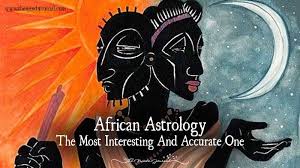Sam Woolfe is a London based freelance writer and blogger, yet this has not stopped him from sharing some interesting ideas and thoughts ;-)

One that is certainly worth a read is The psychedelic nature of Islamic art and architecture where he takes a look at the psychedlic kaleidoscopic patterns which are found in Islamic art and architecture.
A common DMT experience is finding oneself in a vaulted dome structure. In DMT lexicon, ‘The Chrysthanemum’ is a gigantic, rotating, fractal flower that has a dome-like appearance. Terence McKenna said you could either pass through ‘The Chrysthanemum’ and enter hyperspace or stay put (if you didn’t take enough DMT). However, many DMT users also say the vaulted dome space is a revered destination and it’s where you go during a ‘breakthrough’ dose of DMT. McKenna himself called this post-Chrysthanemum place “the dome”, adding:
It’s softly lit, indirectly lit, and the walls—if such they be—are crawling with geometric hallucinations: very brightly colored, very iridescent with deep sheens and very high reflective surfaces. Everything is machine-like and polished and throbbing with energy.
Sam suggests:
It has been suggested that geometric hallucinations are a projection of the structure of our brain, stimulated in a variety of ways (e.g. drugs, conditions like migraine and epilepsy, near-death experiences, sensory deprivation, fasting, hypnagogia, and so on).

I do agree that Islamic art and architecture are some of the finest traditional examples of this kind of aesthetic expression. Their striking similarty and resemblance to psychedelic experiences certainly suggests that they may have been inspired by entheogenics.
Graham St John (PhD) is Senior Research Fellow at the University of Fribourg, Switzerland. He is a cultural anthropologist specialising in event-cultures and entheogens. Take a few minutes and read his article The DMT Trip and the Mysteries of Hyperspace Travel on Chacruna, a Northern California group who strive to produce quality anthropological research on plant medicines and help propagate academic knowledge.











